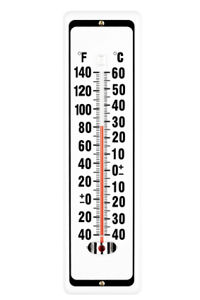The effects of flooding in LEDCs
Problems faced in LEDCs which make the effects of flooding worse and flood management difficult:
- Poor quality housing can't withstand flood waters
- Poor infrastructure is easily damaged with roads, bridges and communications destroyed by flooding
- Lack of sanitation and clean water supplies resulting in further loss of life during floods through the spread of diseases such as cholera, dysentery etc.
- Difficult to mobilise rescue teams - lack of funding for training but made more difficult by many areas being isolated during flooding due to damage to infrastucture and inundated by flood waters;
- Little political co-operation between the neighbouring countries - makes it difficult to reduce flood risks by tackling issues in the headwaters of the major rivers;
- The country relies on government aid and aid from other countries - with a lack of money many necessary flood defences can not be constructed
- In order to tackle poverty the government have focused much of their funds on improving exports - again reducing the money available for flood protection.
The effects of flooding in MEDCs
Reasons why the effects of flooding usually less severe in MEDCs and flood protection is better:
- Homes and possessions are able to be insured against flood damage
- Good water and sewage systems are in place providing back up supplies of clean water when local supplies become contaminated - means that disease is not the problem it is during flooding in LEDCs;
- Good infrastructure and communication networks means it is easier to get aid and helpworkers to affected areas increasing survival through rescues and evacuation;
- Planning restrictions are usually in place to discourage new building of houses on floodplain areas or areas prone to flooding;
- Governments in MEDCs are able to invest more heavily in flood defence systems - including channelisation projects; the construction of artifical levees and the development of prediction and warning systems.



























